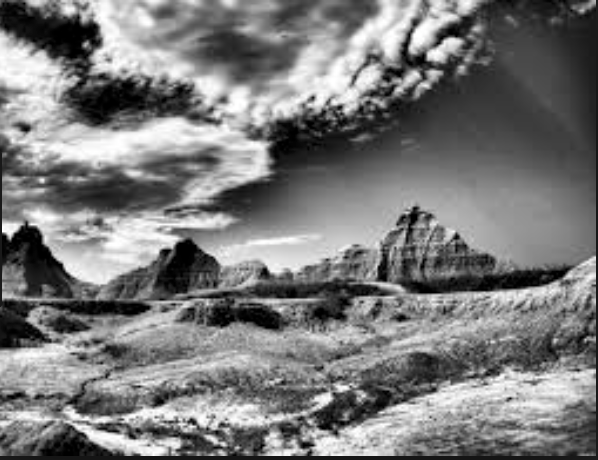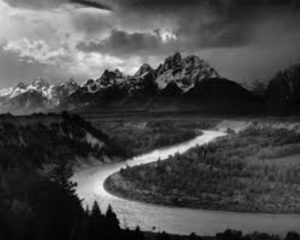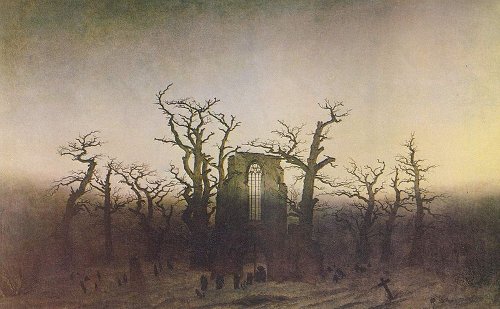Ansel Adams:
Adams was born February 20th,1902,he was highly influences throughout his surrounding city also being his first memory watching fog moving across the sky and how nature had such a beauty within its movement. Adams himself was a photographer but also an environmentalist,he was born California ,San Francisco. He grew up surrounded by nature happening to be in a sand dune golden gate area,although using these years his once wetly family lost their worth and Adams broke his nose making him distinct for his future life.Due to his older family he has a very historical upbringing which influenced him to be interested himself in a Victorian society both socially and emotionally conservative.
Adams himself was a photographer but also an environmentalist,he was born California ,San Francisco. He grew up surrounded by nature happening to be in a sand dune golden gate area,although using these years his once wetly family lost their worth and Adams broke his nose making him distinct for his future life.Due to his older family he has a very historical upbringing which influenced him to be interested himself in a Victorian society both socially and emotionally conservative.
The role of himself as an artist was very much the involvement he had within the environment and movement within it, this including romanticism. He spent many years of his life trying to perfectly articulate and effortless wilderness and have an active involvement in being a ‘mystique:a valid,intangible,and ton-materialistic experience’.His work touched countless people in his effort to show the importance of the environment and saving the remaining lands.
The most impactful place he is said to have pictured evolved his way or working was San Joaquin Valley,he said it was ‘full of caverns, tall pines and stolid oaks, rising to an undreamed heights ad the poignant sounds and smells of ratifier’ This colored landscape modulates his work and earth trademark.when his photography was increasingly important he started excersizing a claim of his energy that was also competing with a beckoning career as a concept pianist.
what I like about his work:
I chose Ansel Adams due to his large significant influence to many and how his work is still praised today for the quality and creating of a landscape to be seen in a light never recognized before.The way in which he uses tones shows a story and a lines of sight to create a flowing and consciousness design of light. his works also never failed to show a power and seen of authority which allows the demonstration of rebellion and what was necessary for a romanticized piece of work. His landscapes are vast pieces of art and never fails to all a story and capture the same presence of a being.
Analysis of favourite piece:

I chose this piece for many reasons,The sky has a clear movement and also power within the strength of tones and also the texture within the sky itself, this shows a strong contrast to the rest of the piece which also shows a clear form and structure in which he intended to portray.There is also a raggedness and solid strength of lines on the mountains, this from a sense of line sand almost a man made aspect to the piece itself. Furthermore the lighter tones and movement of the ground also shows a movement and as if a lane to draw attention to the background and not the foreground.
Technically this image has been divided into three sections,this has been done by the sky,rocks and foreground.It is also technically edited in the way the tones are spread throughout and darker harsher tones to emphasis the main attention aspects overall. Visually there are many interesting aspects which would draw in attention of detail and individual aspects of the landscape.There is almost a manipulation to mirror the ground and sky and the rocks as a divisor and to portray an almost illusion aspect and something you are not able to see naturally,almost a distorted reality aspect.Contextually this has be done in Ansels eyes to shows the beauty of nature and how it needs to be protected,its also done to connote an unseen beauty and how the world could all look like and a preventive to future harm.
Ideas I want to show within my own work:
Throughout my own shoot I also want to show the way in which tones and the strength shows the dominance of an area of an image and how they all need to balance out and also create a sense of line to the main view point . Secondly I want to show a harsh sense of strength within the image wither sing rocks or a design of landscape but then soften this with a contrasting movement formed by wind or a slower time lapse. Lastly I want to show many element of attention within the image,I want it to be interesting and show many interesting concepts in which I have tried to capture and the way in which their own conceptual concepts all intertwined and work throughout each other.
Mind map:


His work clearly all have the same continuation of themes and methods and a precise method in which they are achieved,from observing these You can see clearly how yourself could produce something much similar
My final development of his style:
Finally for my shoot inspired by Adams I too will go to areas that have interesting textured surfaces and also occasional lines of continuation that lead to a dramatic hill area.I will also look at trees and possibly sand dunes and how I can mirror that with the way in which the sky has a drama and texture to.


 More about Romanticism can be found here.
More about Romanticism can be found here.
 Godwin’s involvement with photography stemmed from the hobby of photographing her children which led in the early 1970s to commissioned portraits of poets and writers. Her interest in landscape was stimulated by her love of walking. She subsequently co-authored many essays, guide-books and poems on the theme of British landscape.
Godwin’s involvement with photography stemmed from the hobby of photographing her children which led in the early 1970s to commissioned portraits of poets and writers. Her interest in landscape was stimulated by her love of walking. She subsequently co-authored many essays, guide-books and poems on the theme of British landscape. When photographing landscapes she worked in black & white and her genuine concern for the environment made her a unique figure in British photography. Her images were noted for their clarity, careful composition and expert control over tonal values. She was known for great tenacity and determination when creating an image. When someone once remarked to her that she had been lucky to catch the ideal cloud formations in a particular picture she quickly replied, ‘I didn’t “catch” it. I sat down and waited three days for it.’
When photographing landscapes she worked in black & white and her genuine concern for the environment made her a unique figure in British photography. Her images were noted for their clarity, careful composition and expert control over tonal values. She was known for great tenacity and determination when creating an image. When someone once remarked to her that she had been lucky to catch the ideal cloud formations in a particular picture she quickly replied, ‘I didn’t “catch” it. I sat down and waited three days for it.’
 Romanticism is a term in use by the early nineteenth century to describe the movement in art and literature distinguished by a new interest in human psychology, expression of personal feeling and interest in the natural world
Romanticism is a term in use by the early nineteenth century to describe the movement in art and literature distinguished by a new interest in human psychology, expression of personal feeling and interest in the natural world Romanticist practitioners found their voices across all genres, including literature, music, art, and architecture. Additionally, in an effort to stem the tide of increasing industrialization, many of the Romanticists emphasized the individual’s connection to nature and an idealized past.
Romanticist practitioners found their voices across all genres, including literature, music, art, and architecture. Additionally, in an effort to stem the tide of increasing industrialization, many of the Romanticists emphasized the individual’s connection to nature and an idealized past.
 Painters began using current events and atrocities to shed light on injustices in dramatic compositions that rivaled the more staid Neoclassical history paintings accepted by national academies. Powerful compositions also erupted during this time, with artists often painting mythical, landscape, or historical scenes focused around a particular message.
Painters began using current events and atrocities to shed light on injustices in dramatic compositions that rivaled the more staid Neoclassical history paintings accepted by national academies. Powerful compositions also erupted during this time, with artists often painting mythical, landscape, or historical scenes focused around a particular message. The invention of photography very nearly coincided with the Romantic movement. These included responses to nature, the environment, atmosphere, spirit of place, heightened moments of awareness and reflections on antiquity and ruin,
The invention of photography very nearly coincided with the Romantic movement. These included responses to nature, the environment, atmosphere, spirit of place, heightened moments of awareness and reflections on antiquity and ruin,
 Adams himself was a photographer but also an environmentalist,he was born California ,San Francisco. He grew up surrounded by nature happening to be in a sand dune golden gate area,although using these years his once wetly family lost their worth and Adams broke his nose making him distinct for his future life.Due to his older family he has a very historical upbringing which influenced him to be interested himself in a Victorian society both socially and emotionally conservative.
Adams himself was a photographer but also an environmentalist,he was born California ,San Francisco. He grew up surrounded by nature happening to be in a sand dune golden gate area,although using these years his once wetly family lost their worth and Adams broke his nose making him distinct for his future life.Due to his older family he has a very historical upbringing which influenced him to be interested himself in a Victorian society both socially and emotionally conservative.




